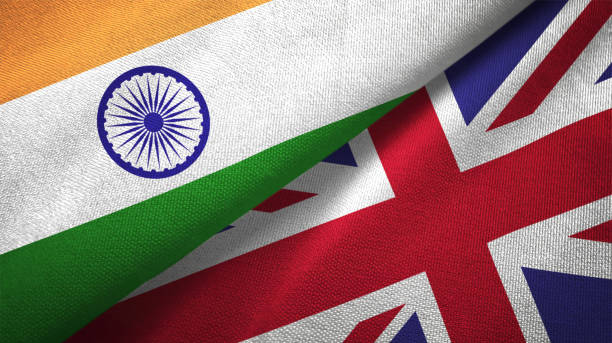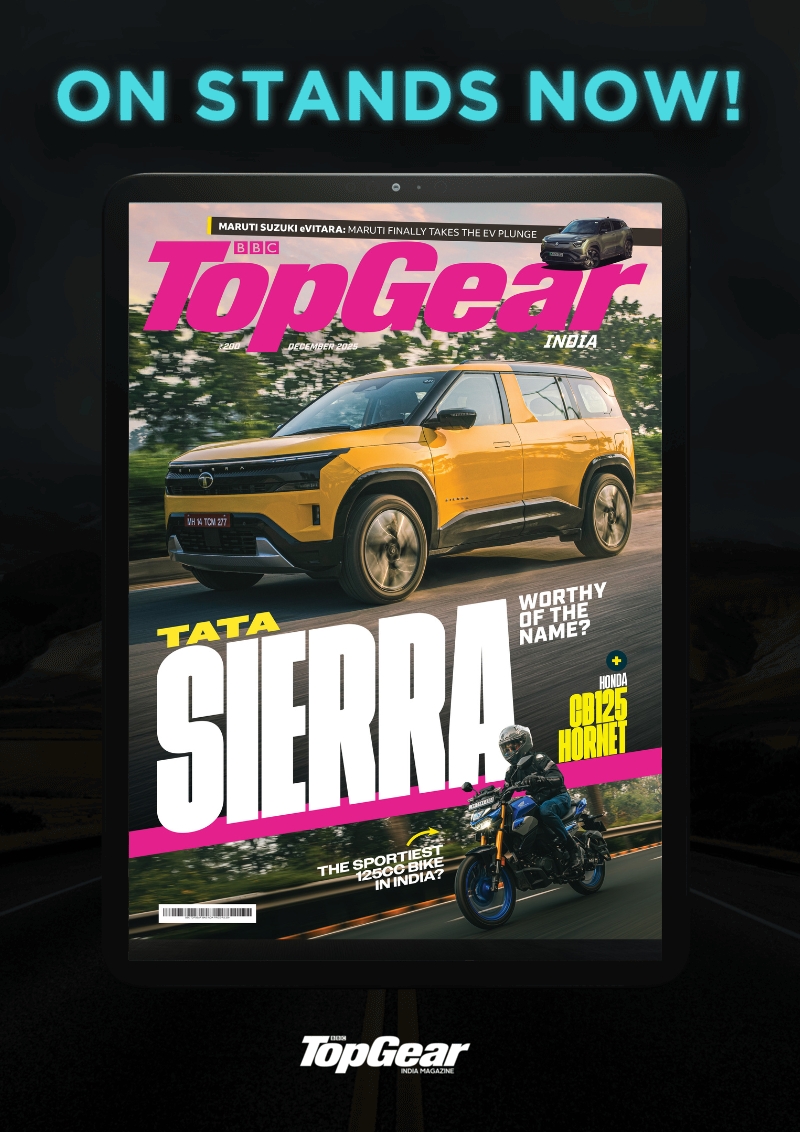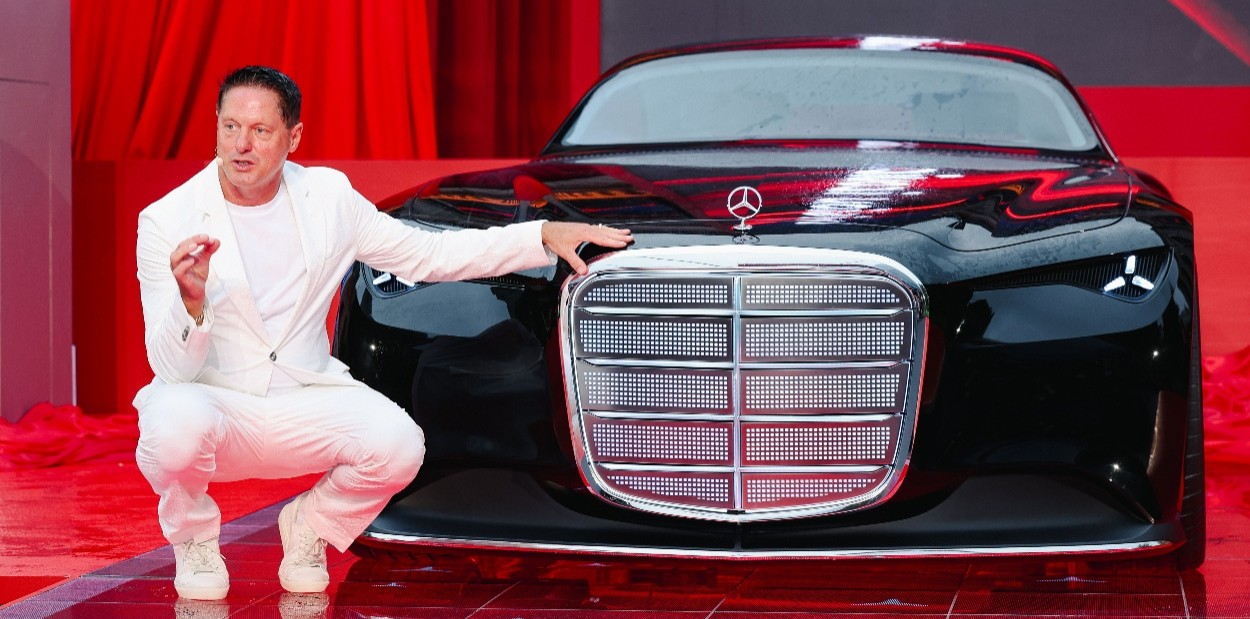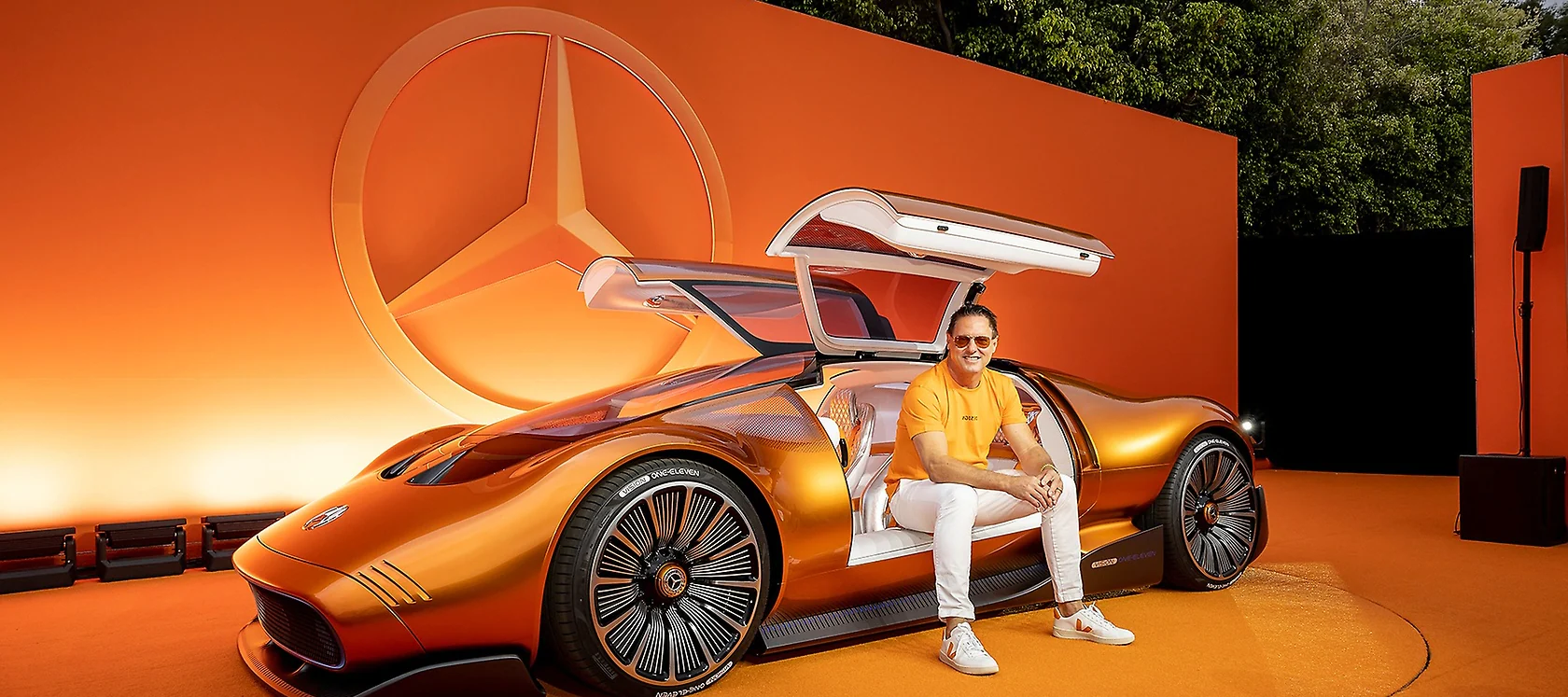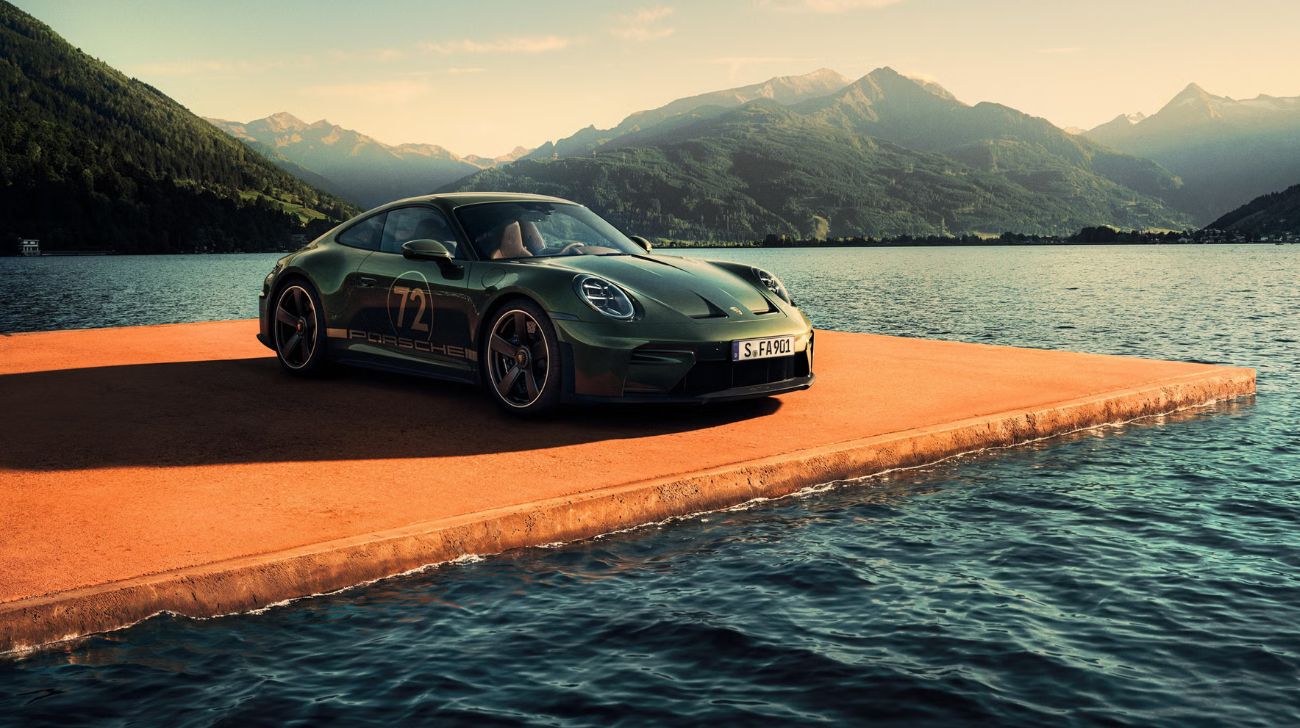It’s official. After years of stop-start negotiations and marathon policy parleys, India and the UK have finally signed a landmark Free Trade Agreement. And if you’re an automotive enthusiast with a thing for British metal, it’s time to sit up. Because this deal might just do what years of price tags, taxes and CBU mark-ups told us was impossible make British luxury cars somewhat more accessible. Let’s decode what this really means.
Up until now, importing a fully built British car into India was like trying to smuggle a Fabergé egg through airport securit you could do it, but it would cost you dearly. With combined duties often crossing 110–125 per cent, a £100,000 Bentley Continental GT would become a ₹2.5 crore fantasy the second it touched Indian soil. Now, thanks to the FTA, those import duties are set to fall to just 10 per cent over a phased five-year period — but only if you're within the quota. That’s a real, hard, legally-binding number. And it starts much sooner than you’d expect.
FTA Analysation
Year 1: Duty drops to 30–50 per cent, depending on engine size. By Year 5: Flat 10 per cent duty for all eligible ICE vehicles. Initial quota: 20,000 cars/year, split across engine sizes. By Year 15: Quotas taper off to 15,000 units, duty remains 10 per cent. All of this applies to Internal Combustion Engine (ICE) vehicles—so your favourite growling V8s and silky straight-sixes are finally playing on a somewhat level field.
But there are a few conditions
This isn’t an open invitation for every Brit automaker to flood Indian roads with Vantages and Flying Spurs. To qualify for the concessional duty:
- Cars must be manufactured in the UK (satisfying Rules of Origin)
- They must fall within the year-wise quotas
- And they must meet Indian homologation and safety regulations
- Go beyond the quota? You're back to full-fat import duties, albeit slightly reduced from their current levels over a 10–15 year span.
And if you're hoping to snag a small, affordable Brit car at 10 per cent duty — think again. The Indian government has ringfenced the mass market. No volume killers allowed in this party. This deal is a huge boost to UK-based luxury brands that have long been interested in India but hamstrung by duty barriers. For example:
- Jaguar Land Rover: While some models are locally assembled, the FTA opens up the possibility of importing low-volume SVR, SVAutobiography, or limited-edition Defenders and Range Rovers at more attractive price points.
- Rolls-Royce & Bentley: Low-volume, ultra-luxury players like these now gain a proper economic case for India, outside the stratospheric bracket.
- Aston Martin & Lotus: These niche performance brands could now eye India with more confidence — imagine a proper AMR rollout at something close to global pricing.
For buyers this is a genuine shot at the dream garage without paying 2X in tax
What about EVs?
Electric and hybrid cars are not part of the immediate benefits. The FTA holds off on cutting EV duties until Year 6, where:
- Premium EVs priced above £40,000 (about ₹45 lakh) enter a lower-duty regime
- Duty starts at 40–50 per cent, drops to 10 per cent by Year 15
- Initial EV quota: 4,400 units/year, scales to 22,000/year by Year 15
Ironically, the bigger win in the EV space comes from the export side. The FTA also ensures that Indian-made cars can be exported to the UK with zero import tax, provided they meet UK safety and emissions standards. Maruti Suzuki, Tata Motors, Mahindra, and other local OEMs now have a pathway to the UK without tax hurdles. The export quota scales to 88,000 vehicles/year by Year 15. This could be a watershed moment for brands like Tata, which is eyeing a European EV launch already. It’s an India-UK trade story where both sides drive away smiling.
To ensure this doesn’t become a loophole-ridden gateway:
- Rules of Origin (RoO): Cars must be substantially manufactured in the UK (no rerouted German or Asian models).
- Quotas are strictly enforced by customs, and tracked annually.
- FTA is enforceable under WTO-compliant legal frameworks and allows periodic review.
The agreement still needs final parliamentary ratification, expected before the end of 2025. But signatures are in place. And the revs have started.
Let’s not kid ourselves. British luxury cars are still luxury cars. But this FTA just made them a lot less unreachable for Indian buyers. If you had a dream car pinned on your wall—or your garage planner — it just moved a little closer to reality.

